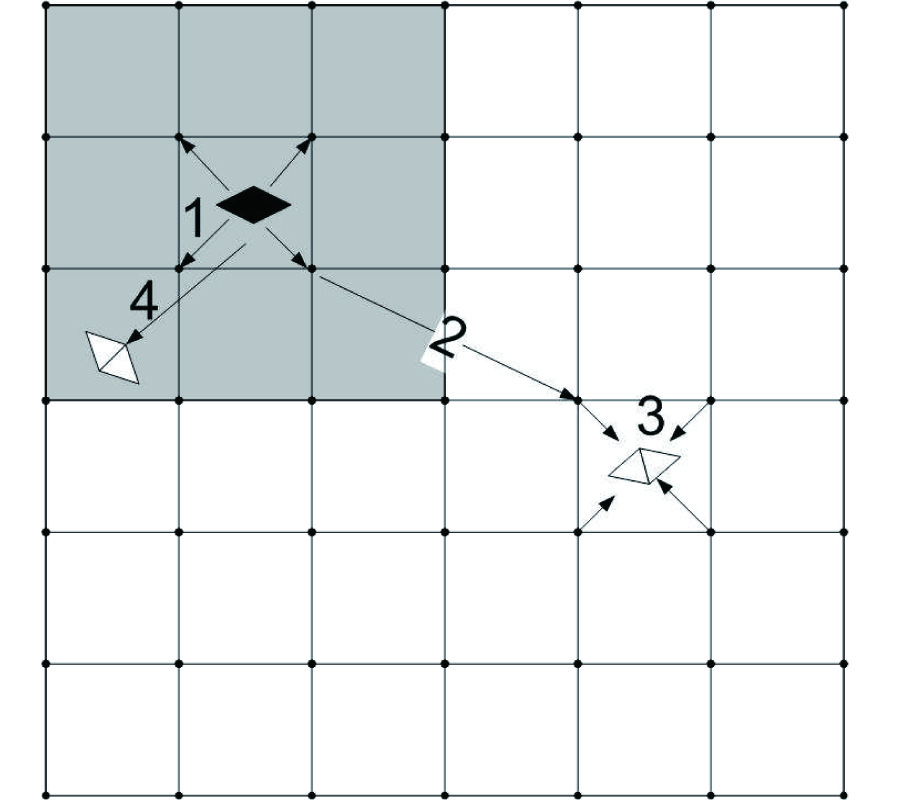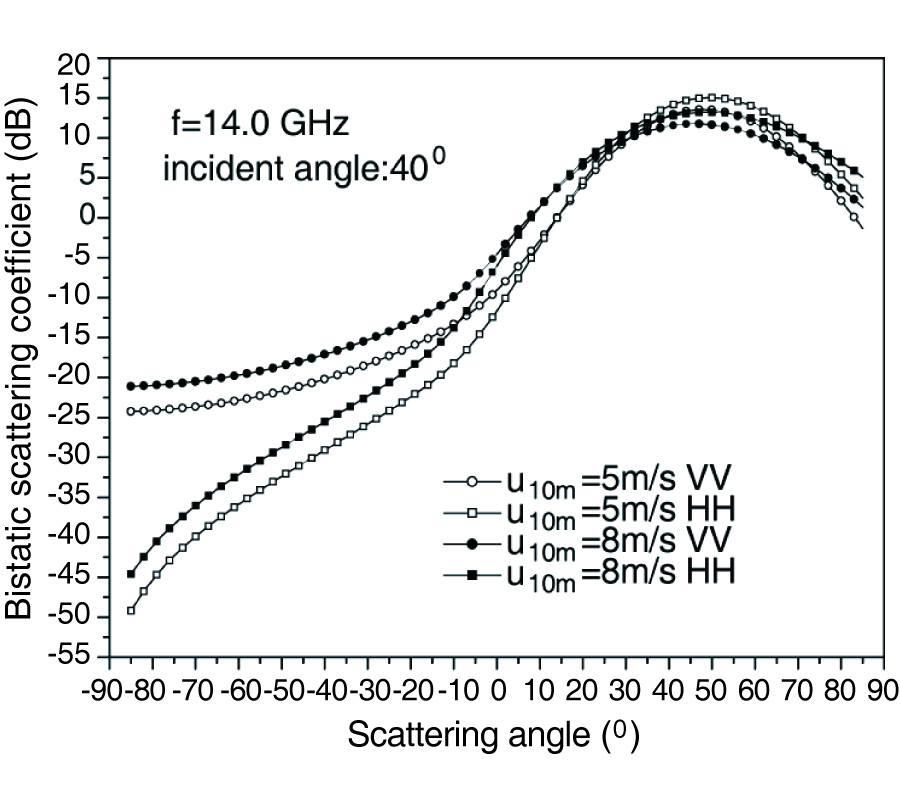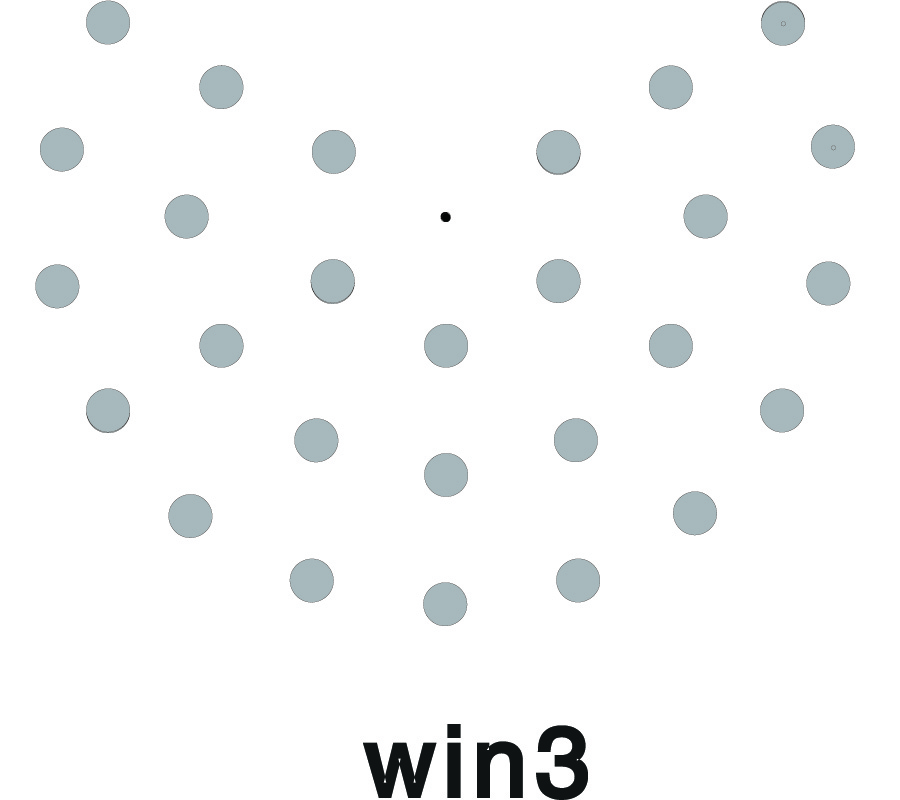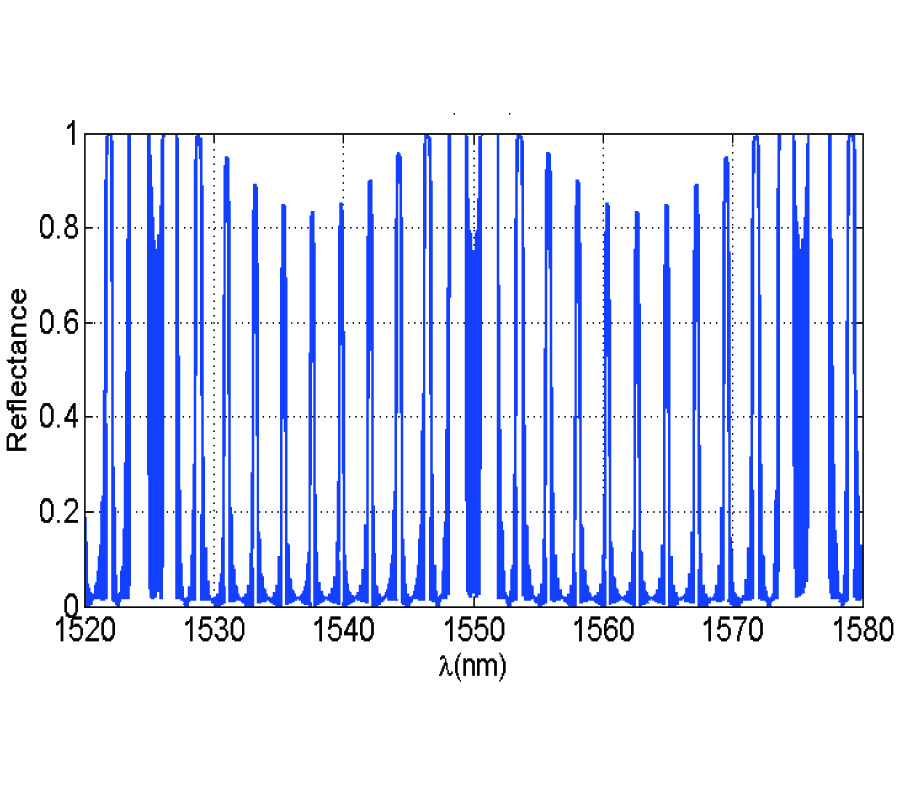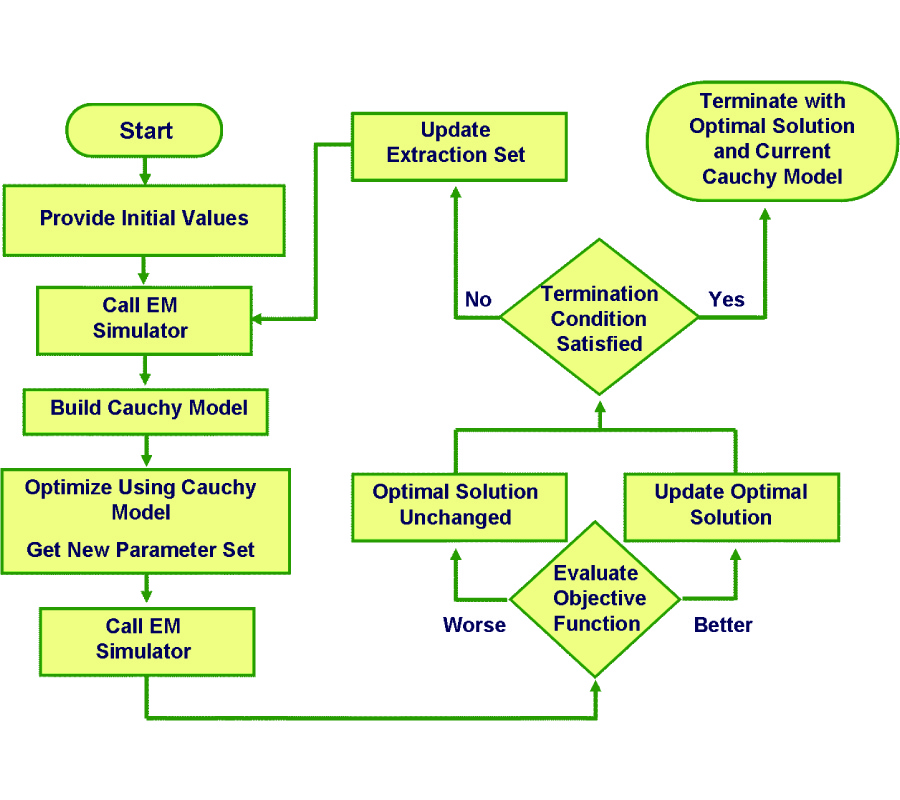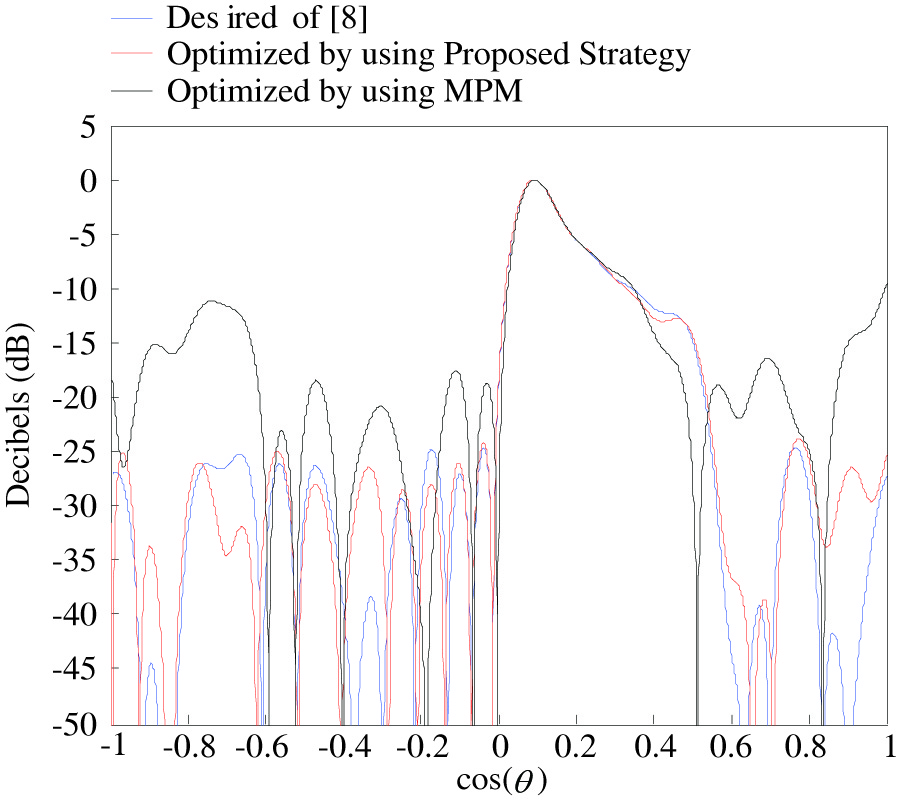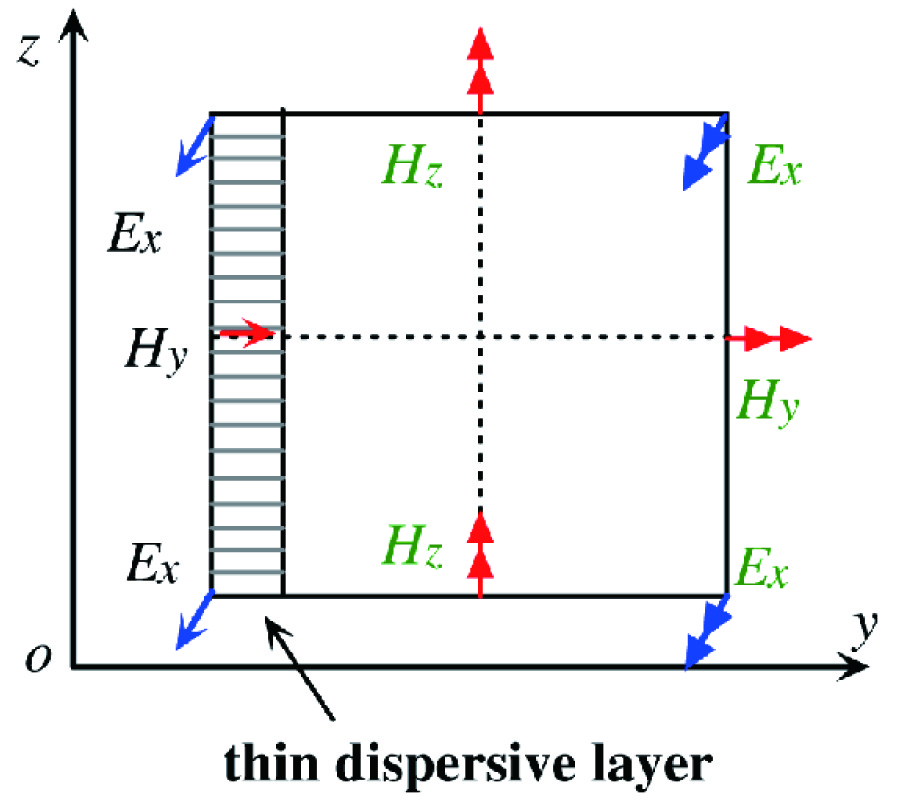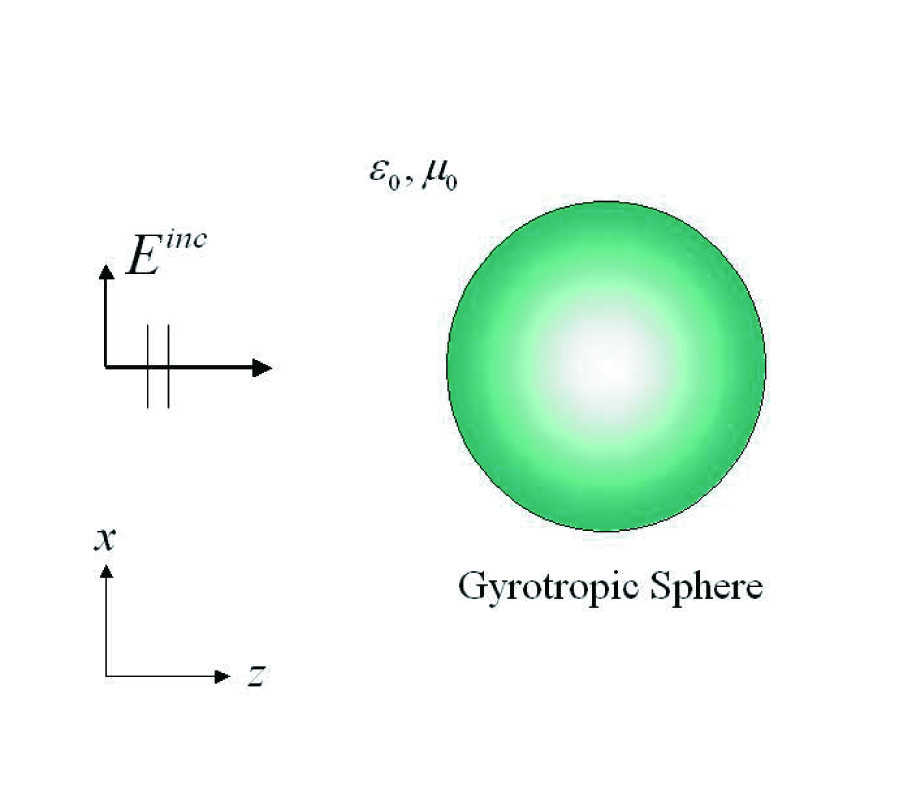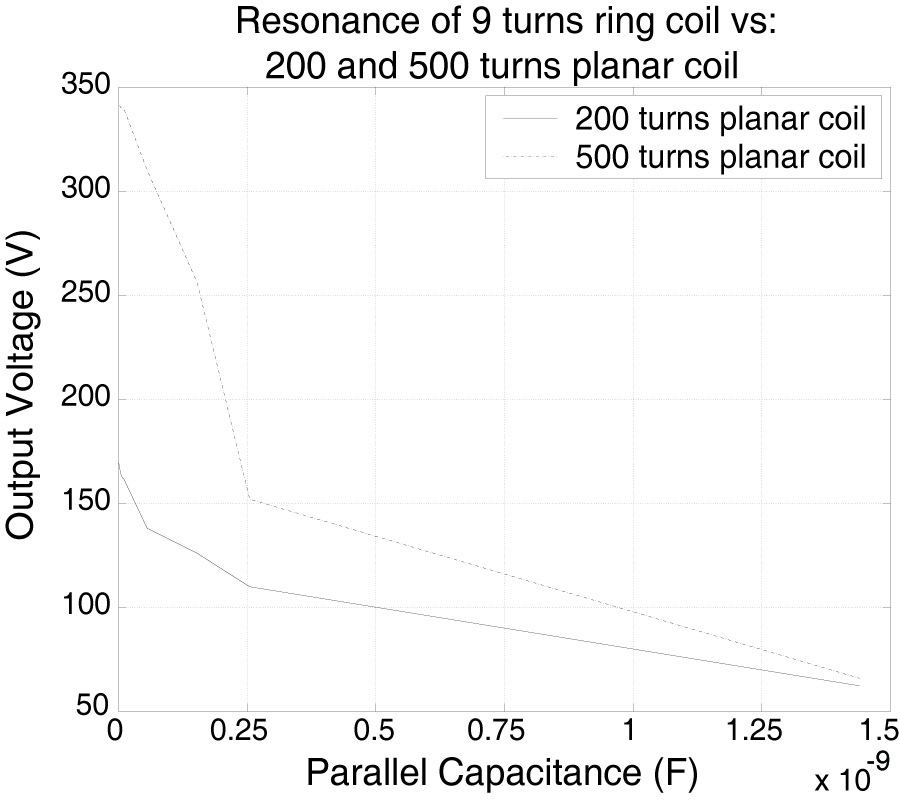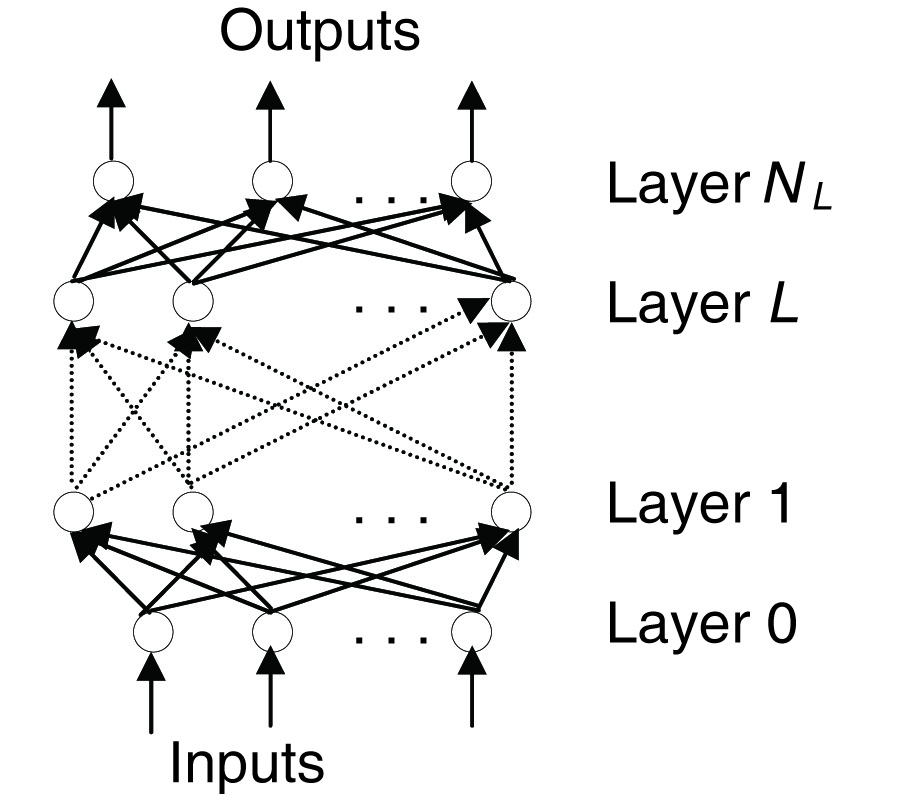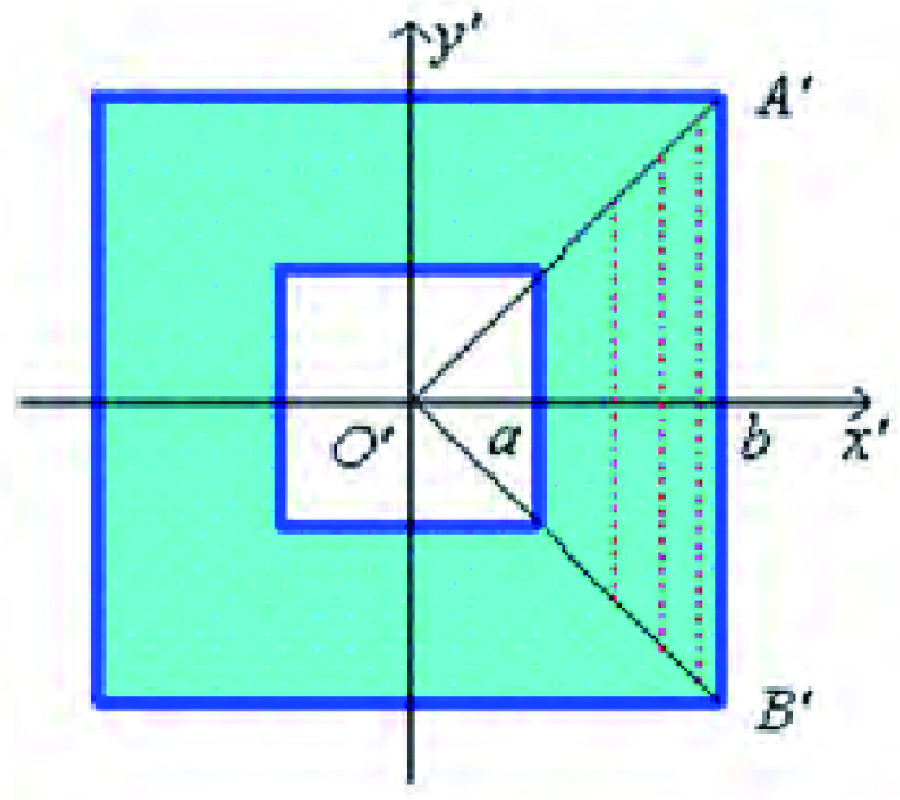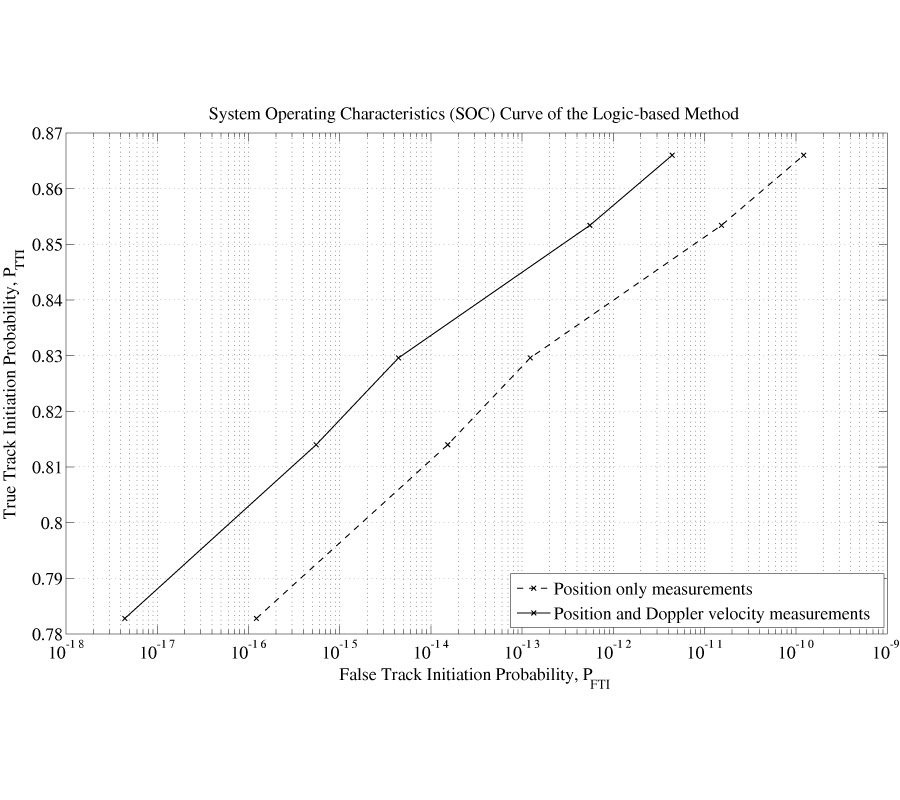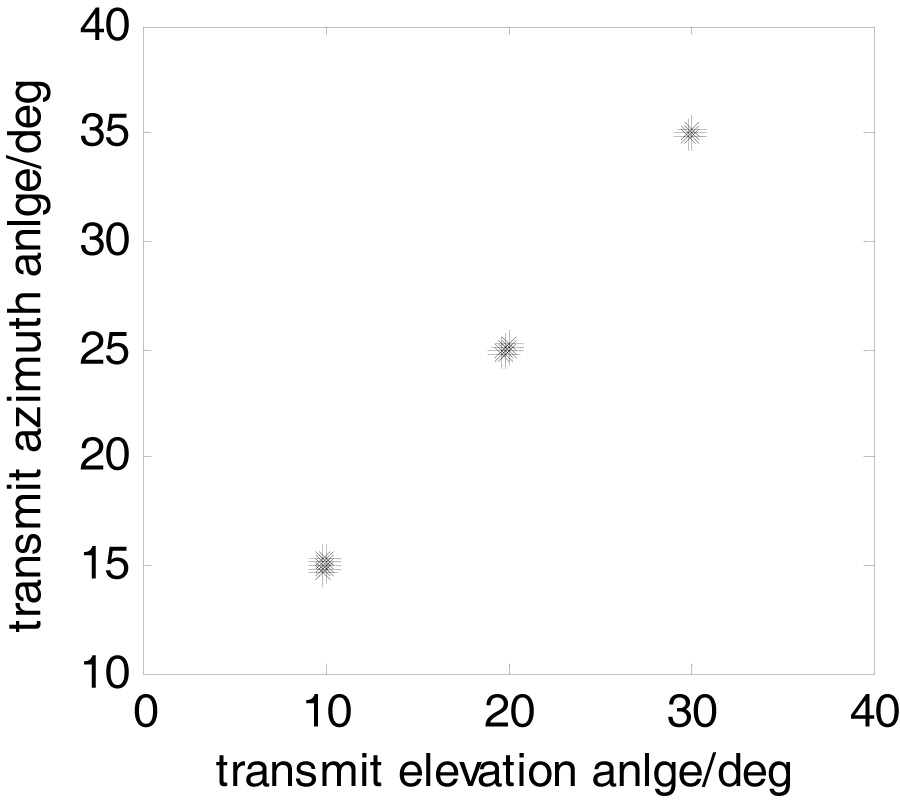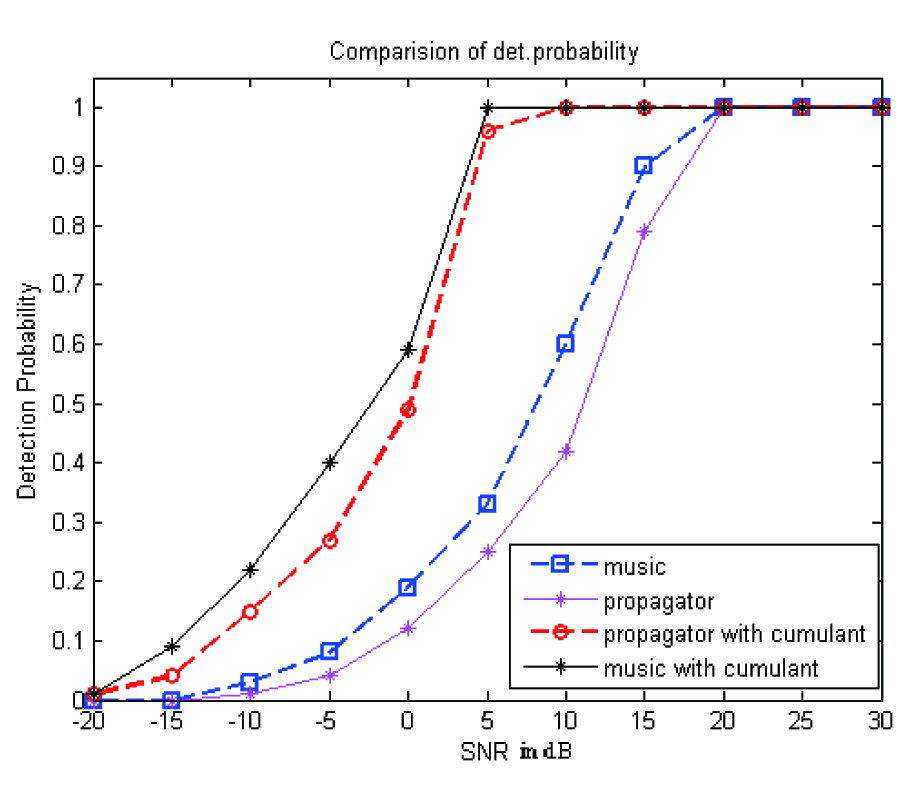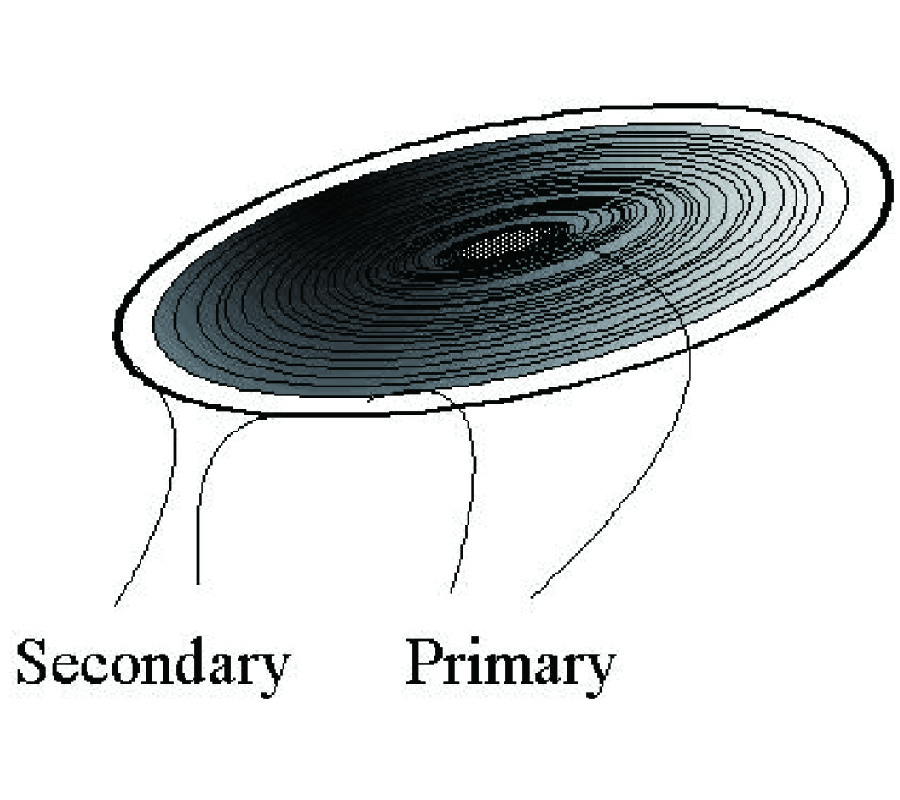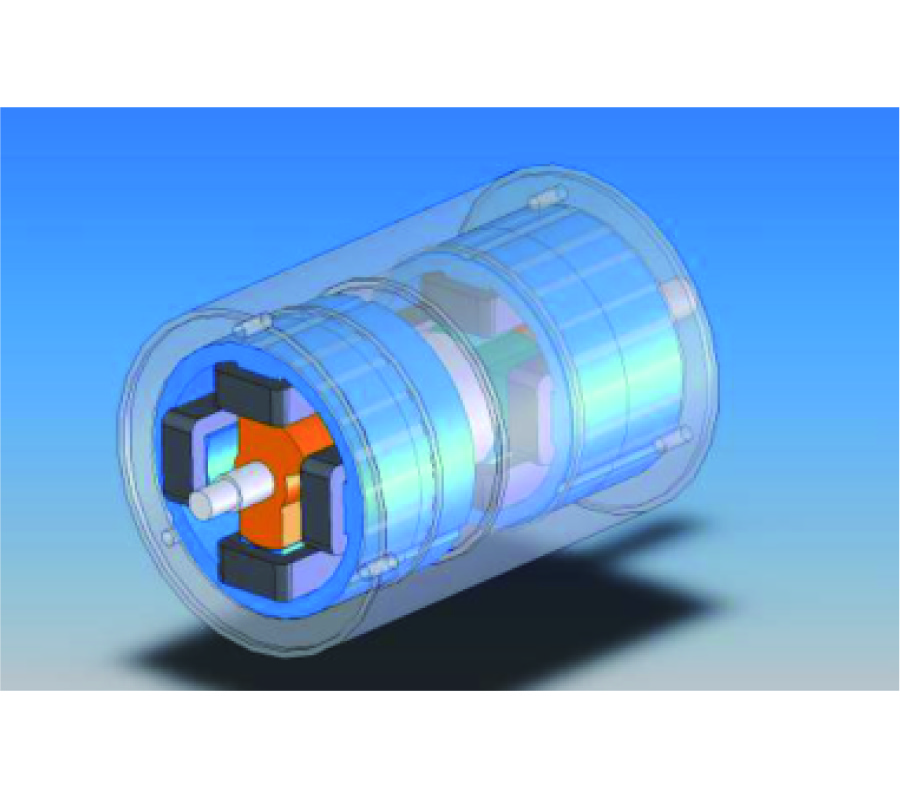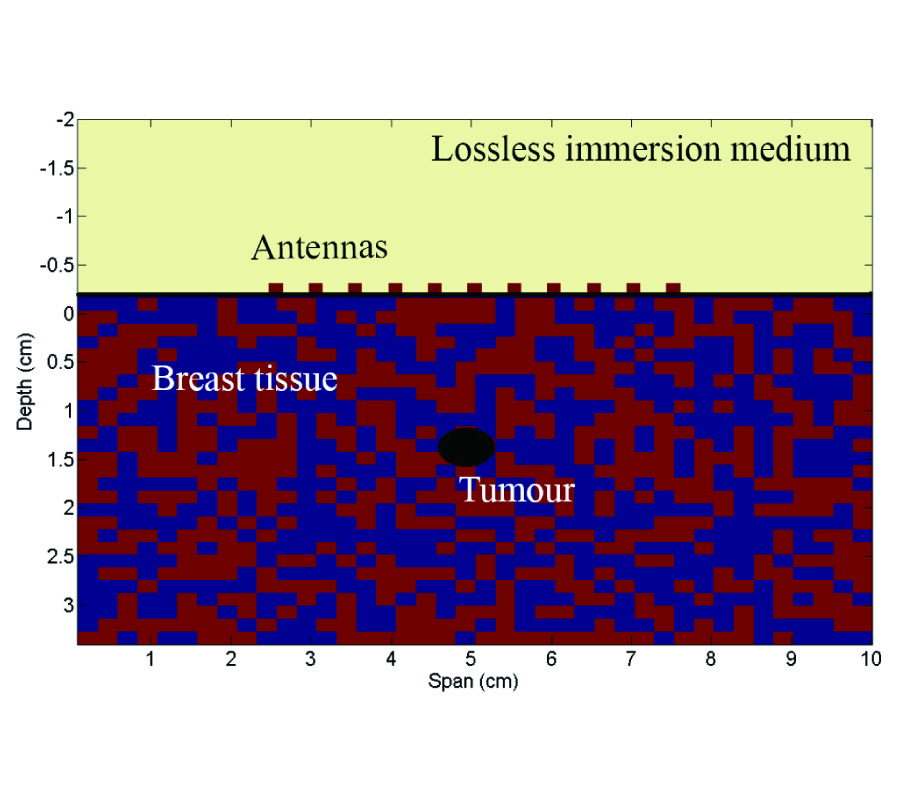A General FDTD Algorithm Handling Thin Dispersive Layer
Bing Wei,
Shi-Quan Zhang,
Yu-hang Dong and
Fei Wang
A novel general technique for treating electrically thin dispersive layer with the finite difference time domain (FDTD) method is introduced. The proposed model is based on the modifying of the node update equations to account for the layer, where the electric and magnetic flux densities are locally averaged in the FDTD grid. Then, based on the characteristics that the complex permittivity and permeability of three kinds of general dispersive media models, i.e., Debye model, Lorentz model, Drude model, the permittivity and permeability can be formulated by rational polynomial fraction in jω, the conversion equation from frequency domain to time domain (i.e., jω replaced by ∂/∂t) and the shift operator method are then applied to obtain the constitutive relation at modified electrical points and the time-domain recursive formula for D and E, B and H available for FDTD computation are obtained. Several numerical examples are presented, indicating that this scheme possesses advantages such as fine generalization, EMS memory and time step saving and good precision.
